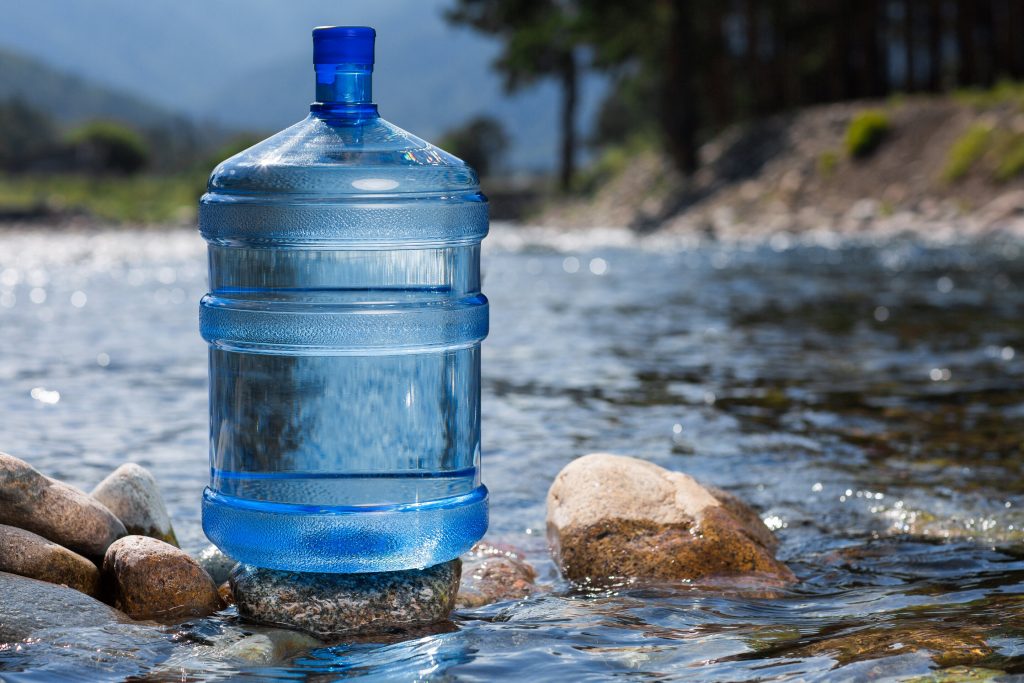How Heavy Is a Case of Water: Exploring Weight and Quantity
Water is an essential element of our daily lives, and many people prefer to purchase it in bulk. When buying water, it is essential to consider factors such as quantity and weight. This article aims to provide insights into the weight of a case of water, addressing common questions and concerns surrounding this topic.

how heavy is a case of water
1. The Importance of Knowing the Weight
Understanding the weight of a case of water is essential for several reasons.
Firstly, it helps individuals determine the physical effort required to transport and handle the water.
Secondly, it assists in planning logistics, whether it's for personal use, events, or commercial purposes.
Finally, knowing the weight can prevent injuries caused by lifting or moving heavy loads improperly.
2. Standard Water Bottle Sizes
Before discussing the weight of a case of water, it is crucial to understand the common sizes of water bottles typically found in cases. The most prevalent water bottle sizes include:
8 ounces (237 milliliters)
12 ounces (355 milliliters)
16.9 ounces (500 milliliters)
20 ounces (591 milliliters)
1 liter (33.8 ounces)
3. Calculating the Weight of a Single Bottle
To determine the weight of a case of water, it is necessary to calculate the weight of a single bottle first. Keep in mind that the weight may vary slightly depending on the brand or bottle material. However, a general estimate can be made by using the density of water, which is approximately 1 gram per milliliter (g/mL).
For example, a 16.9-ounce (500-milliliter) bottle of water weighs approximately 500 grams or 0.5 kilograms. Similarly, a 20-ounce (591-milliliter) bottle would weigh approximately 591 grams or 0.591 kilograms.

how heavy is a case of water
4. Understanding Case Sizes
Now that we have determined the weight of a single bottle, let's explore the different case sizes available. Cases of water typically come in packs of 12, 24, or 36 bottles. Occasionally, larger cases with 48 or 72 bottles may be available for purchase.
5. Calculating the Weight of a Case
To calculate the weight of a case of water, we can multiply the weight of a single bottle by the number of bottles in the case. Let's consider a standard case size of 24 bottles, using the weight of a 16.9-ounce (500-milliliter) bottle from earlier.
Weight of a single 16.9-ounce (500-milliliter) bottle: 500 grams (0.5 kilograms)
Weight of a case (24 bottles): 500 grams (0.5 kilograms) x 24 = 12,000 grams (12 kilograms)
Therefore, a case of 24 bottles of 16.9-ounce (500-milliliter) water weighs approximately 12,000 grams or 12 kilograms.
6. Variations in Weight
It is important to note that the weight of a case of water may vary depending on the bottle size, brand, and additional packaging materials. Some manufacturers may use thicker plastic or add extra packaging, increasing the weight of the case. Conversely, certain brands may use lighter materials, resulting in a slightly lower overall weight.
7. Handling and Lifting Considerations
When dealing with cases of water, it is crucial to consider proper handling and lifting techniques. Water is heavy, and lifting a case incorrectly can lead to strain or injury. Here are some tips for safe handling:
Bend your knees and use your leg muscles when lifting a case of water.
Keep the load close to your body to minimize strain on your back.
Avoid twisting or jerking movements while lifting or carrying the case.
If the case is too heavy, ask for assistance or consider using a hand truck or cart.
Understanding the weight of a case of water is essential for various reasons, including logistical planning and ensuring safe handling. By considering the size and quantity of water bottles, as well as calculating the weight of a single bottle and multiplying it by the number of bottles in a case, you can determine the approximate weight. Remember to prioritize safe lifting techniques to prevent injuries when handling heavy cases of water.